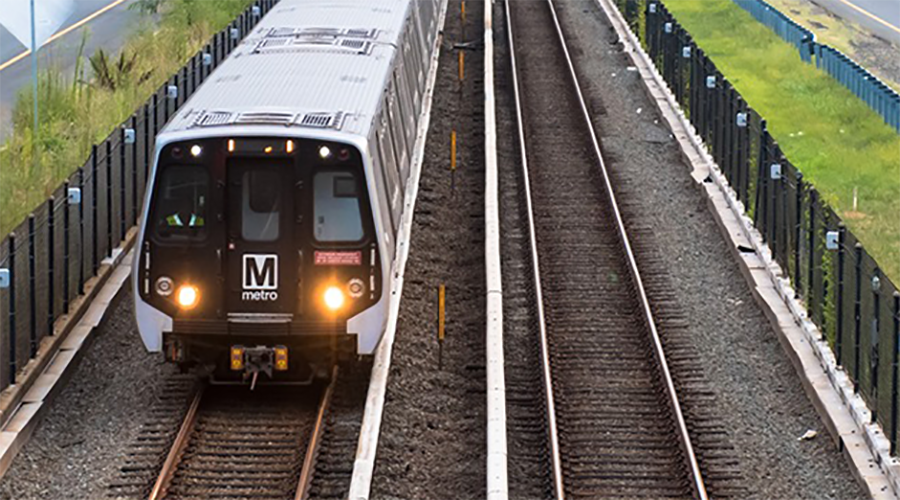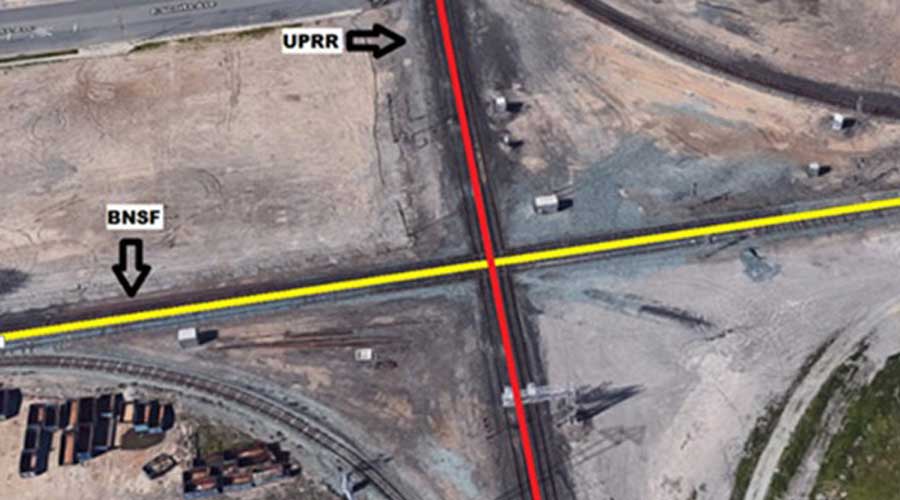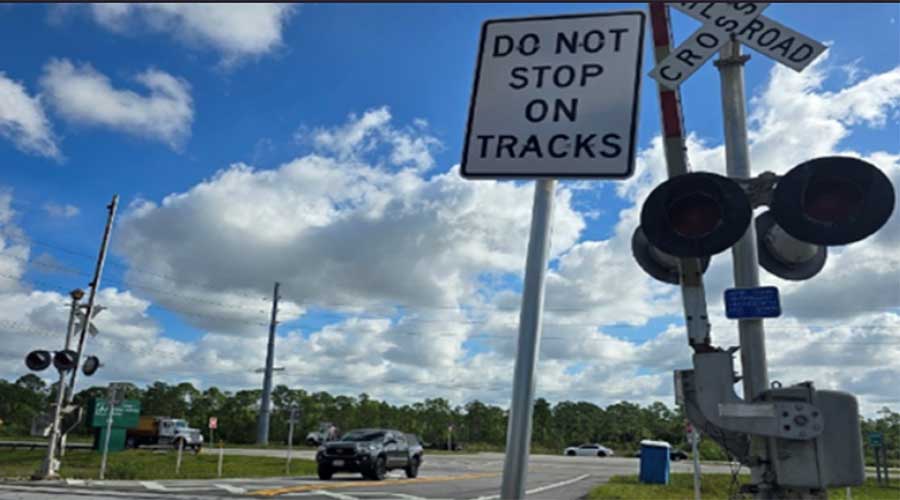Newsletter Sign Up
Stay updated on news, articles and information for the rail industry
Stay updated on news, articles and information for the rail industry
RAIL EMPLOYMENT & NOTICES
Rail News Home
Passenger Rail
Rail News: Passenger Rail
4/12/2002
Rail News: Passenger Rail
BART mulls budget shortfall options
advertisement
Jobless claims dropping. Retail spending and gross domestic product figures rising. At a glance, it would seem the nation’s slowly working toward recovery. But that doesn’t provide immediate help to transit agencies, whose dollars already are stretched as far as they can reach.
Bay Area Rapid Transit April 11 announced it faces a $56 million to $61 million projected shortfall in the coming fiscal year, which begins July 1. Even with proposed $41 million in proposed spending cuts, a $15 million to $20 million gap would remain.
The primary causes for this concern are reduced fare box receipts and sales taxes, combined with increased costs in labor and non-labor expenses, including feeder bus, paratransit and employee benefits, said BART General Manager Thomas Margro in a prepared statement.
The Bay Area’s weakened economy resulted in lower-than-forecasted ridership — nearly 10 percent lower than March 2001’s. Fare-box revenue covers about 58 percent of BART’s operating costs.
Sales tax receipts for the past three quarters also were down for the three counties BART serves: Alameda (5 percent), Contra Costa (10.5 percent) and San Francisco (13.3 percent). BART receives three-quarters of one percent of the counties’ sales tax. The expected shortfalls account for 68 percent of BART’s budget gap; increased expenses, 32 percent.
BART officials in January reduced spending and cut expenses in order to close a projected $28.8 million budget gap for the current fiscal year. Capital spending was cut by $14 million; non-labor expenses, $9 million; and labor expense, $5.2 million, which was accomplished by reducing overtime and eliminating 78 positions. Most of the positions cut already were vacant, others were vacated due to attrition.
This year, Margro expects to reduce an additional $26.3 million in capital projects compared with FY02. Planned cuts would not affect passenger service adversely, he said. But in order to close the remaining gap, officials are considering additional cuts that could affect service levels, customer information, and frequency of cleaning for stations, cars and parking lots, as well as additional workforce adjustments.
"Our goal of course has been to avoid layoffs," said Margro. "However, since the picture has gotten worse, further spending reductions will require work rule changes and/or layoffs."
Bay Area Rapid Transit April 11 announced it faces a $56 million to $61 million projected shortfall in the coming fiscal year, which begins July 1. Even with proposed $41 million in proposed spending cuts, a $15 million to $20 million gap would remain.
The primary causes for this concern are reduced fare box receipts and sales taxes, combined with increased costs in labor and non-labor expenses, including feeder bus, paratransit and employee benefits, said BART General Manager Thomas Margro in a prepared statement.
The Bay Area’s weakened economy resulted in lower-than-forecasted ridership — nearly 10 percent lower than March 2001’s. Fare-box revenue covers about 58 percent of BART’s operating costs.
Sales tax receipts for the past three quarters also were down for the three counties BART serves: Alameda (5 percent), Contra Costa (10.5 percent) and San Francisco (13.3 percent). BART receives three-quarters of one percent of the counties’ sales tax. The expected shortfalls account for 68 percent of BART’s budget gap; increased expenses, 32 percent.
BART officials in January reduced spending and cut expenses in order to close a projected $28.8 million budget gap for the current fiscal year. Capital spending was cut by $14 million; non-labor expenses, $9 million; and labor expense, $5.2 million, which was accomplished by reducing overtime and eliminating 78 positions. Most of the positions cut already were vacant, others were vacated due to attrition.
This year, Margro expects to reduce an additional $26.3 million in capital projects compared with FY02. Planned cuts would not affect passenger service adversely, he said. But in order to close the remaining gap, officials are considering additional cuts that could affect service levels, customer information, and frequency of cleaning for stations, cars and parking lots, as well as additional workforce adjustments.
"Our goal of course has been to avoid layoffs," said Margro. "However, since the picture has gotten worse, further spending reductions will require work rule changes and/or layoffs."


 2025 MOW Spending Report: Passenger-rail programs
2025 MOW Spending Report: Passenger-rail programs
 Gardner steps down as Amtrak CEO
Gardner steps down as Amtrak CEO
 Guest comment: Oliver Wyman’s David Hunt
Guest comment: Oliver Wyman’s David Hunt
 Women of Influence in Rail eBook
Women of Influence in Rail eBook
 railPrime
railPrime







